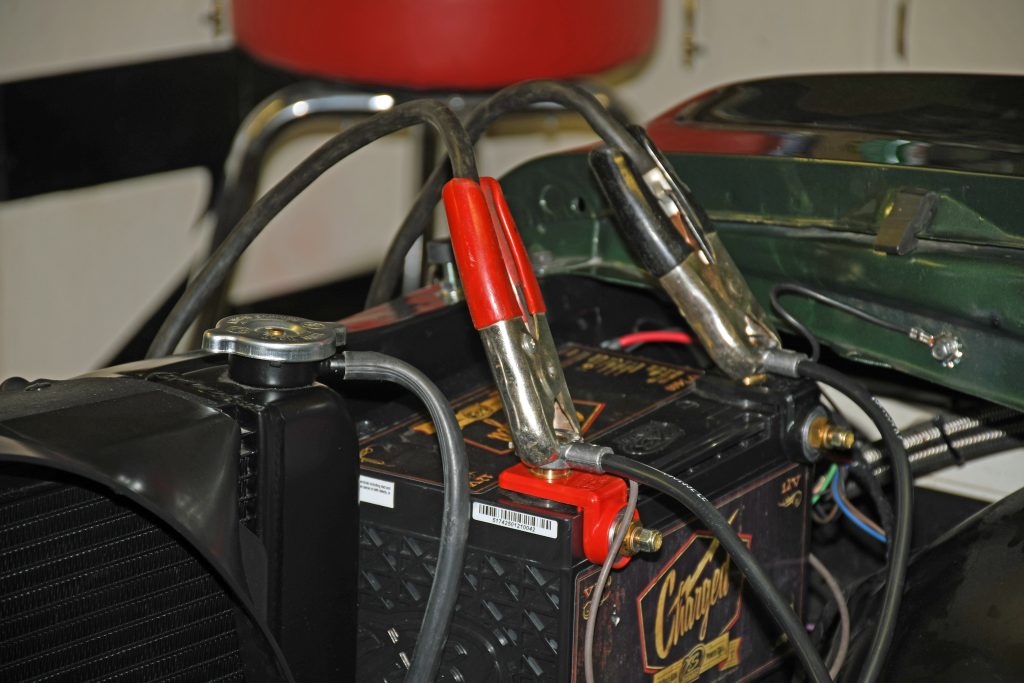
A set of jumper or booster cables is something few of us ever think about. Unless of course, you discover a dead or weak battery and you need a boost. Then they become incredibly important!
The reality is, for folks in the northern part of the continent, they’re probably more common than anywhere else. Jumper cables are easy enough to find too—here are some good examples:
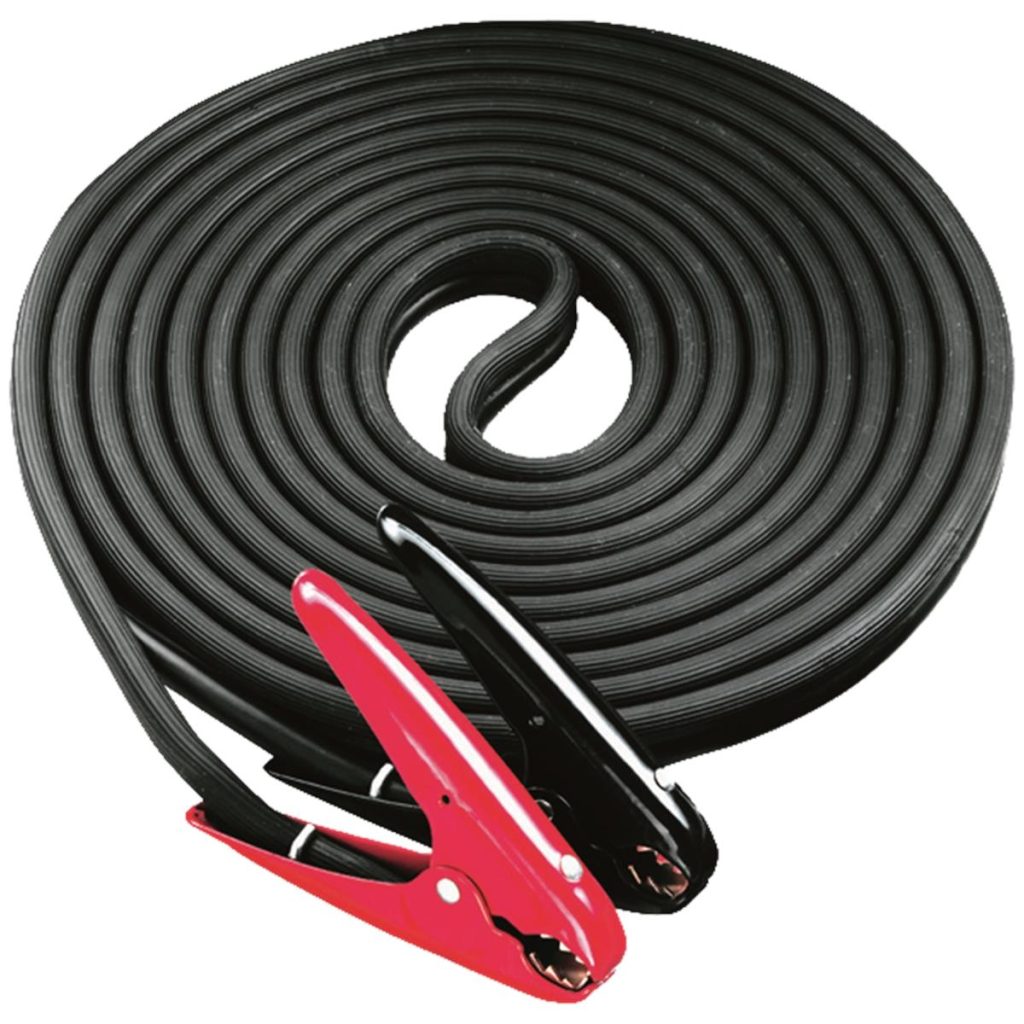
Check out K-Tool International’s 25 foot long heavy duty jumper cable set (part number KTI-74530). They use 2 gauge cable and the clamps are the beefy parrot style (two red clamps and two black clamps). The cable is resistant to oil and other engine compartment chemicals. They also remain pliable when the temperature drops.
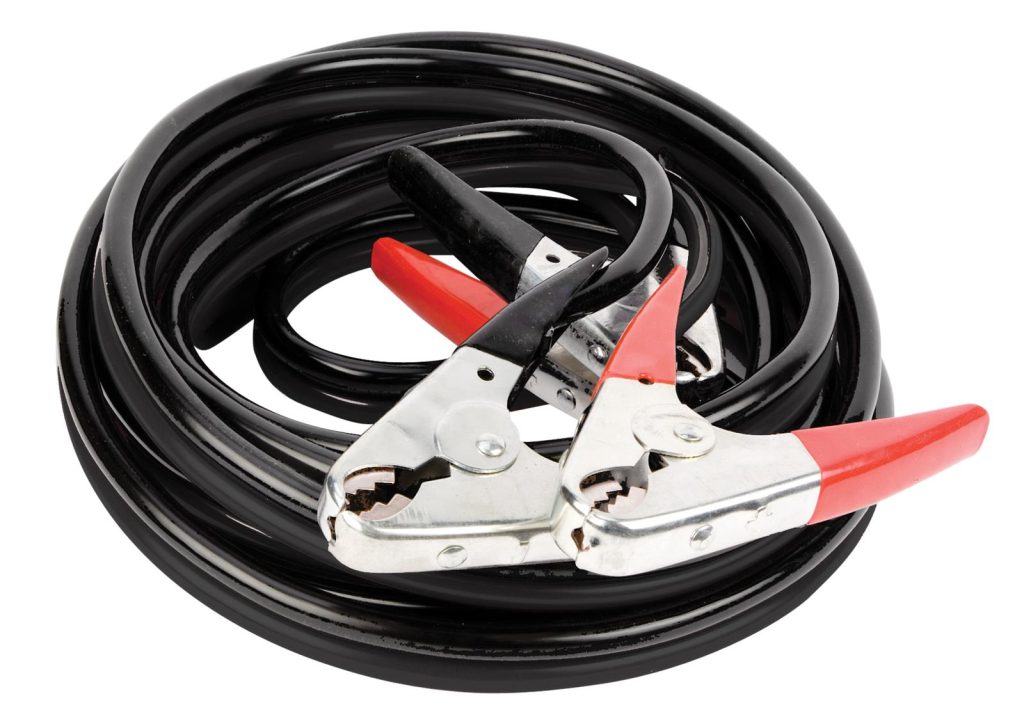
Performance Tool offers a similar setup (part number WMR-W1669). These cables also have heavy duty parrot style clamps and the cable is also 2 gauge, however the total length is 20 feet.
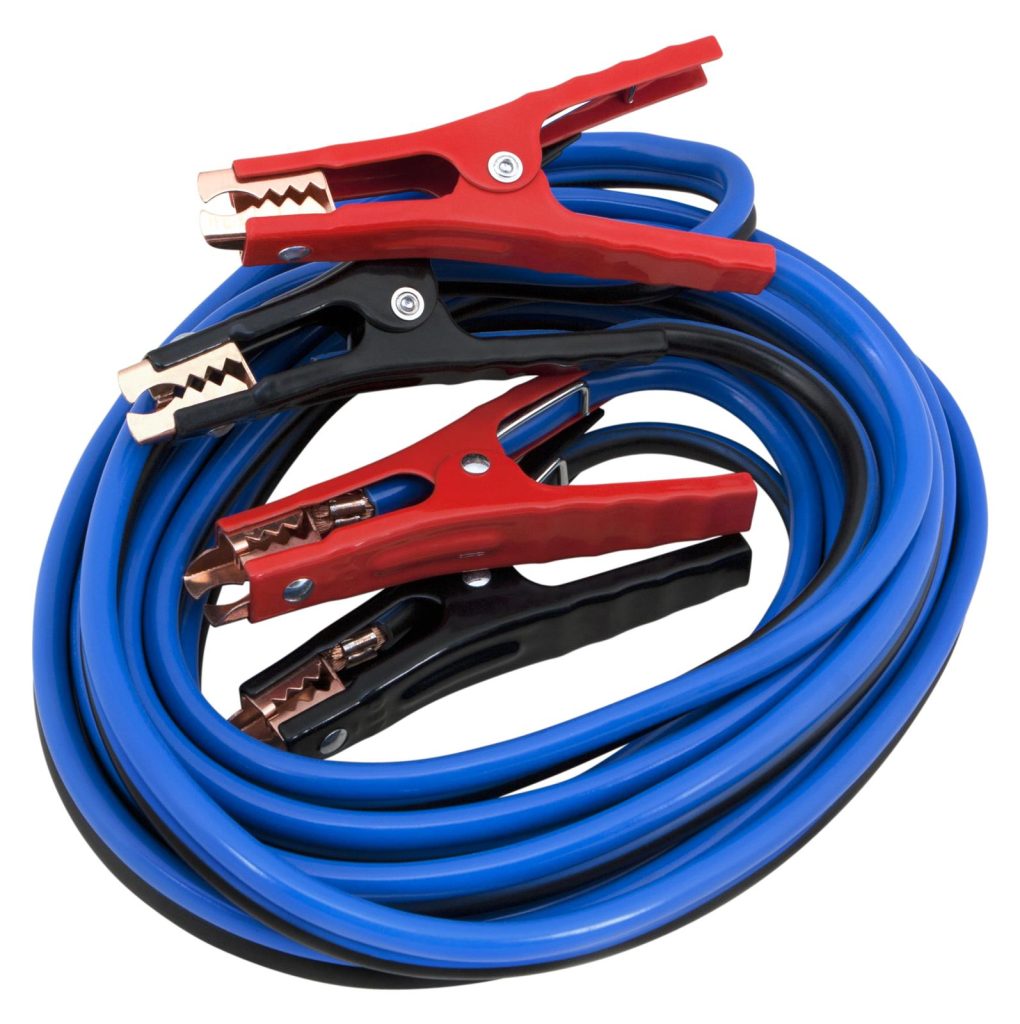
If you prefer conventional clamps instead of the parrot style, take a look at this Performance Tools jumper cable set (part number WMR-W1673). Aside from the conventional rubber coated, color coded clamps the cables are 4 gauge and 20 feet long. Like some of the other cables shown here, they’re tangle free. Price wise, they’re not expensive.
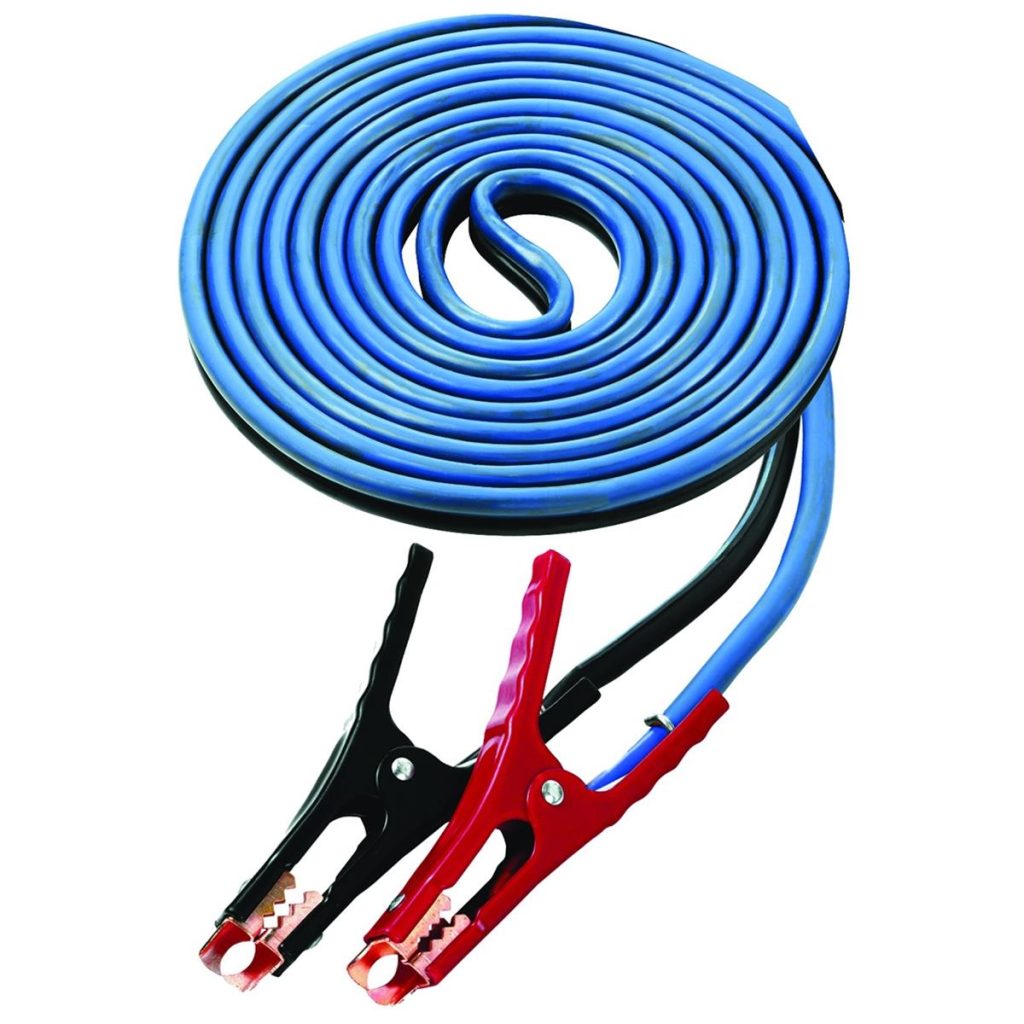
K-Tool International also makes cables with conventional clamps, part number KTI-74521. The set features 16 feet of 4 gauge cables. Clamps are color coded and like their bigger brothers, the cables are resistant to extreme temperatures as well as oil and other engine compartment chemicals.
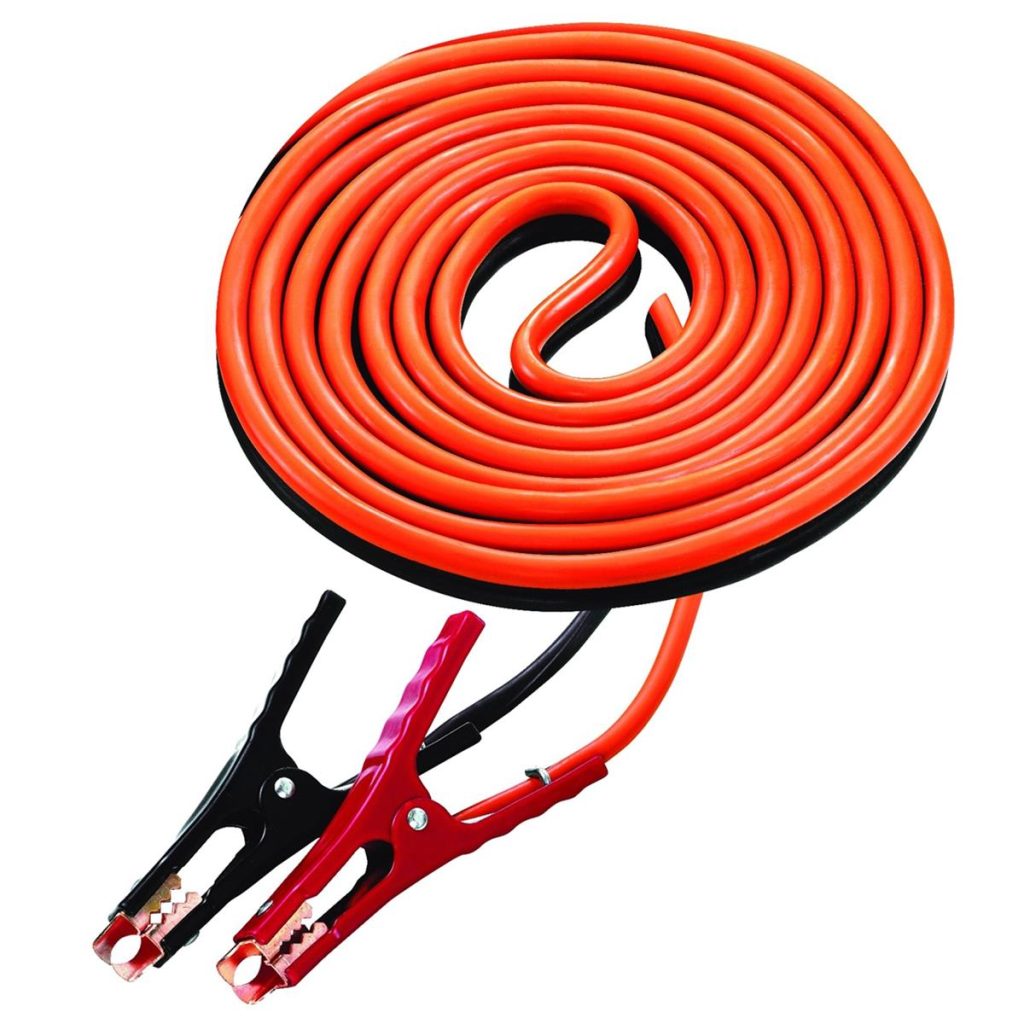
If all you need are lighter duty cables, then have a look at K-Tool International’s KTI-74510. This jumper set uses 16 foot long, 6 gauge cable with color coded red and black conventional clamps. They have a rating of up to 400 amps.
Should You Build You Own Jumper Cables?
In the end, there many more choices available, but you can also build them yourself. A good example is the set I have in my little shop. They’re decades old. And how they came to be is interesting. My late father-in-law was a commercial fabricator, and well connected in the welding trade. One day, he noticed me struggling with a cheap set of plastic covered jumper cables. Yes they worked, but in the frigid cold, the plastic was somewhere between frozen and brittle. One clamp actually broke.
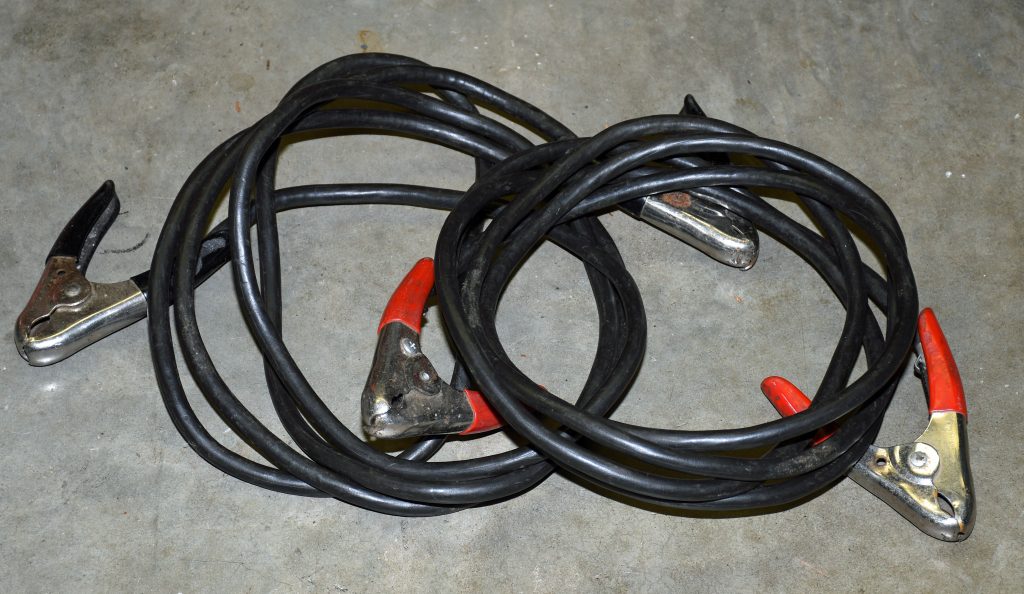
A few weeks later, he showed up on my doorstep with the cable set you see above. Pete fabbed them with heavy duty parrot style clamps and 1/0 gauge cable. Obviously, one set of the clamps is red; the other black. These aren’t super long cables, but they certainly suit my needs. Each of the heavy duty cables measures approximately 12 feet long.

Now, as it turns out, you can get similar heavy duty parrot clamps from K-Tool (part number KTI-74535). These heavy duty parrot clamps are sold in pairs—one has a red vinyl insulated cover while the other is obviously black. These clamps have a 500 amp rating and can be used with 2 gauge wire.
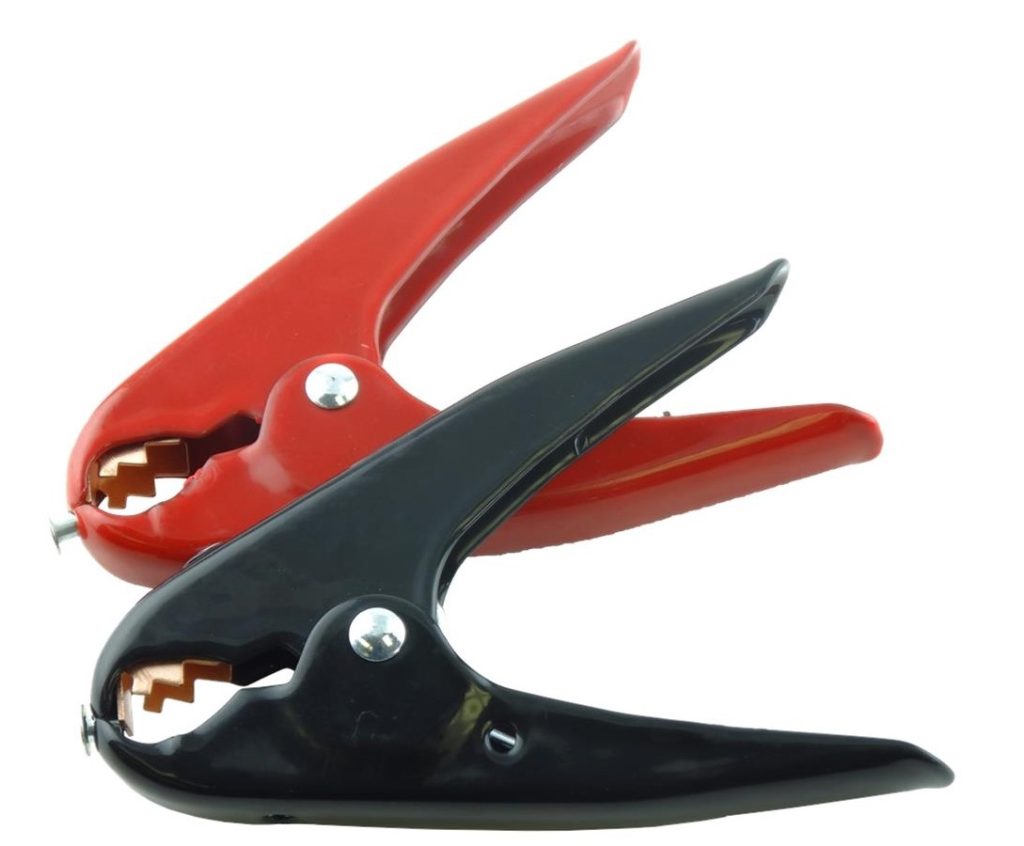
You can also use lighter conventional jaw clamps, like these from K-Tool as well, part number KTI-74536. These are also vinyl insulated in red and black, and have a 400 amp rating.
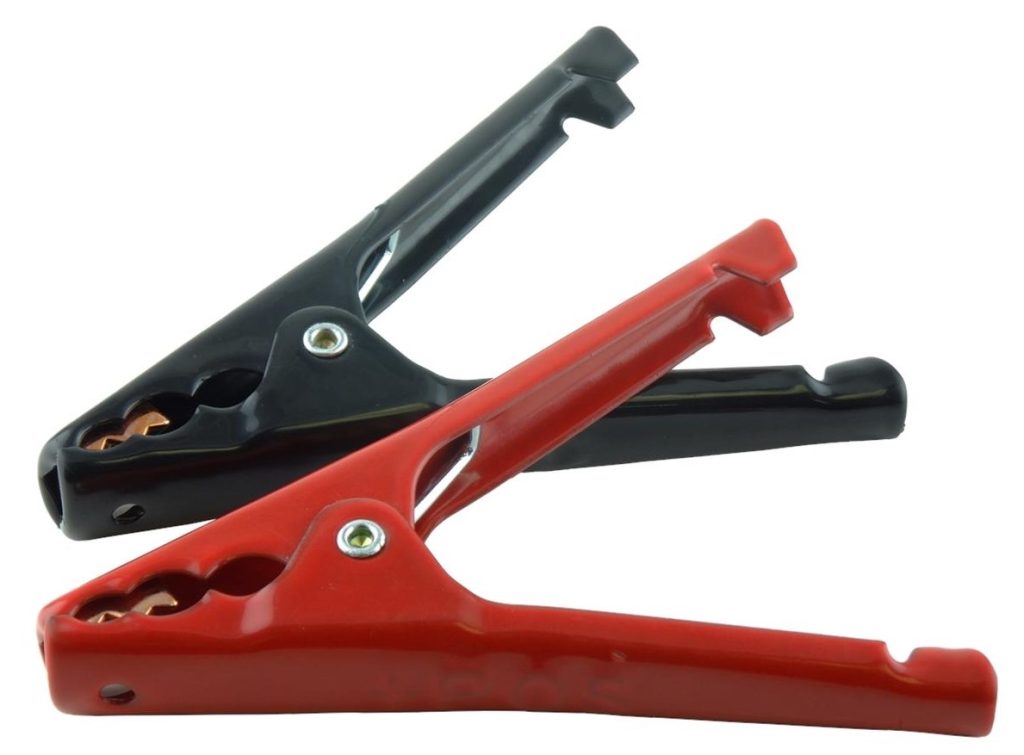
In either case the cables must be stripped for installation. FYI, the 1/0 (0) gauge cables shown have a copper core. Coincidently, this is typical battery cable, and you can buy battery cable in bulk in red or black. You simply decide upon the length you need for your application.
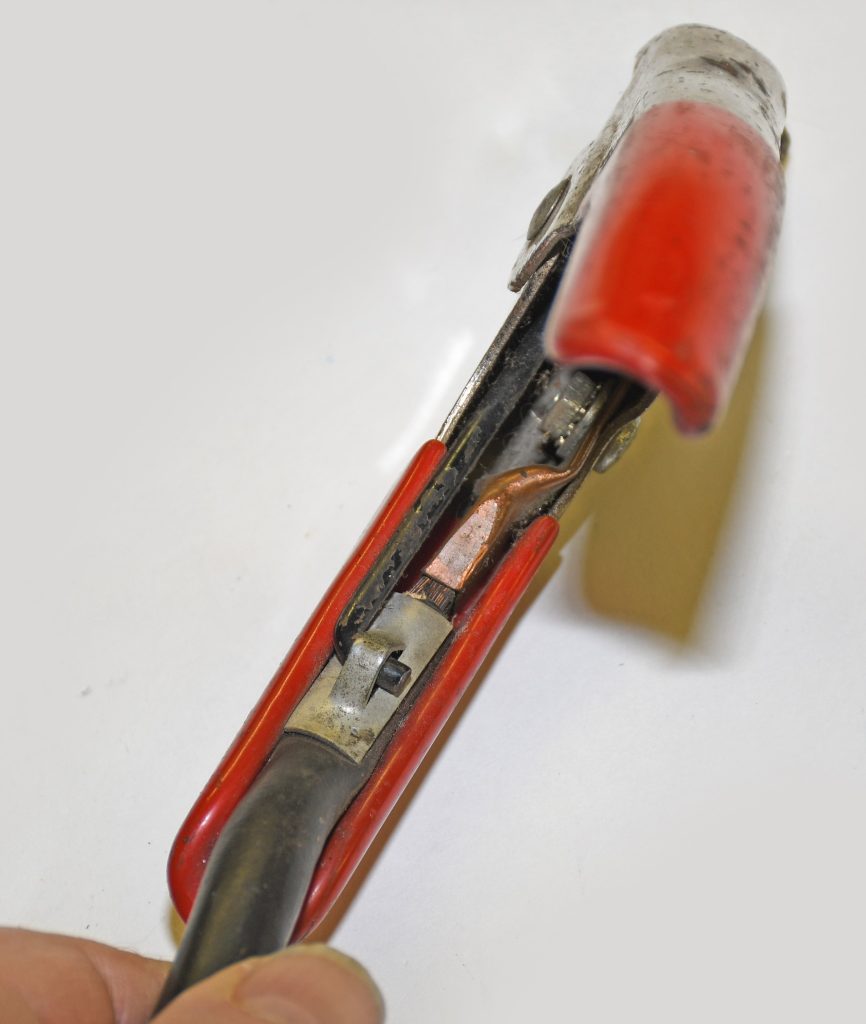
One thing you’ll discover with heavy duty cables such as the one shown is that they’re still flexible, right down to -40 degrees F. Some of the plastic covered commercial cables can’t match that.
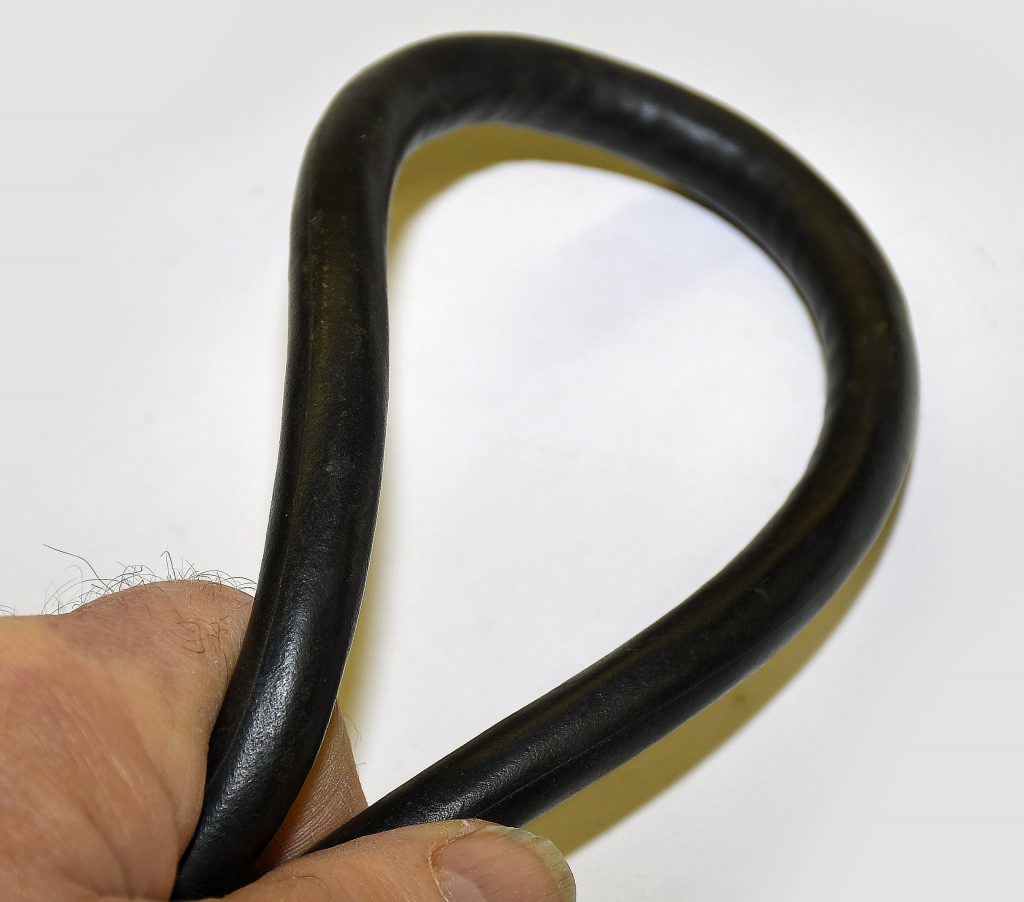
It’s easy to see there are lots of options when it comes to booster or jumper cables. And you’ll definitely appreciate a good set of cables when it’s miserable outside, the battery is dead, and your car won’t start.

I built my own. 1 gauge welding cable, hammer crimped copper terminals, 100% copper clamps from Polar Wire. My dinky car has jumped trucks and an SUV with a 454. They lit right off.
Use welding cable. Battery cable is too stiff. Make them 25 feet long. I had a 16 foot set of Dekas and I had to start somebody’s Suburban parallel parked on a downtown street. I pulled up behind but the cables were too short. I had to take up a lane of traffic to get side by side. So when I built mine, I went 25 feet.
4 gauge will start passenger cars. 2 gauge is better for trucks and SUVs. I went 1 gauge to be good in any situation.
Watch the clamps. Many are cheap steel. Steel conducts 1/7 the current copper does. You want 100% copper clamps, not steel, not brass.
Terminals must be crimped, never soldered. Crimping means either hammer crimping, or compression crimping with the correct tools.